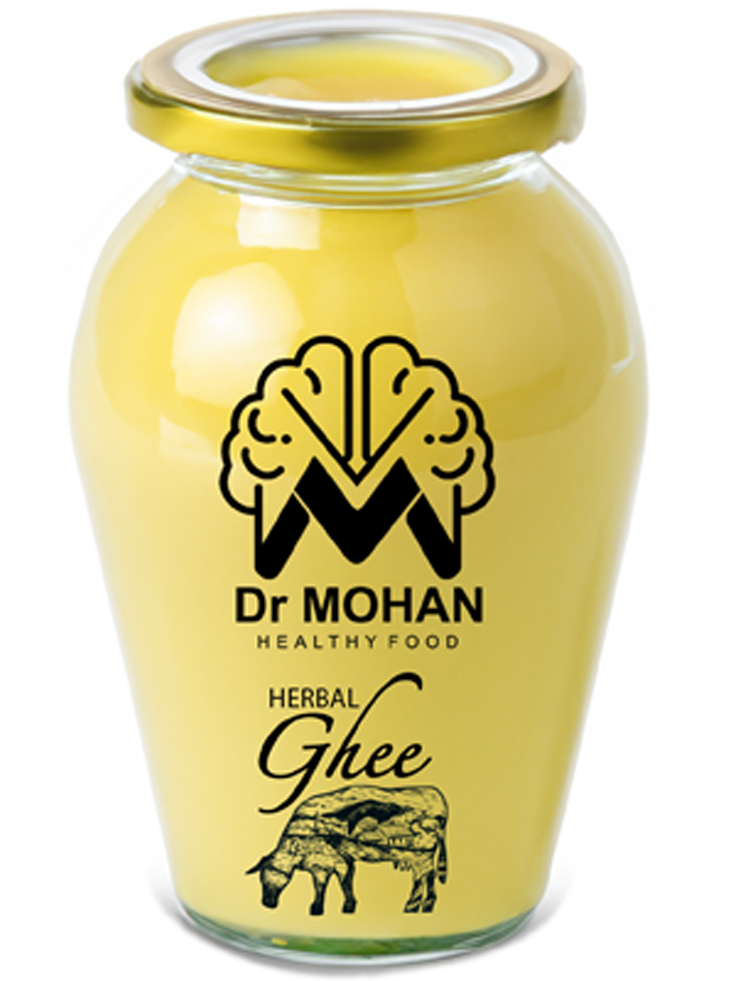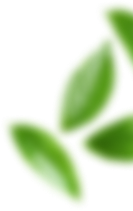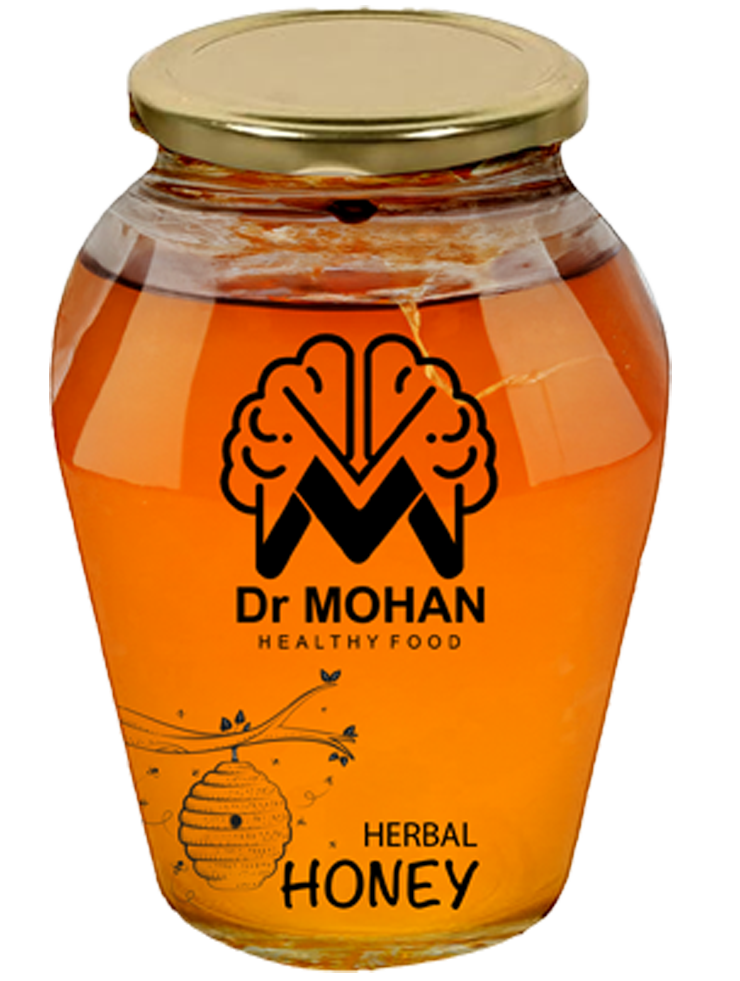Description

Ghee, also known as clarified butter, has been utilized for thousands of years in Ayurveda as a therapeutic agent. In ancient India, ghee was the preferred cooking oil. In the last several decades, ghee has been implicated in the increased prevalence of coronary artery disease (CAD) in Asian Indians due to its content of saturated fatty acids and cholesterol and, in heated ghee, cholesterol oxidation products. Our previous research on Sprague-Dawley outbred rats, which serve as a model for the general population, showed no effect of 5 and 10% ghee-supplemented diets on serum cholesterol and triglycerides. However, in Fischer inbred rats, which serve as a model for genetic predisposition to diseases, results of our previous research showed an increase in serum total cholesterol and triglyceride levels when fed a 10% ghee-supplemented diet. In the present study, we investigated the effect of 10% dietary ghee on microsomal lipid peroxidation, as well as serum lipid levels in Fischer inbred rats to assess the effect of ghee on free radical mediated processes that are implicated in many chronic diseases including cardiovascular disease. Results showed that 10% dietary ghee fed for 4 weeks did not have any significant effect on levels of serum total cholesterol, but did increase triglyceride levels in Fischer inbred rats. Ghee at a level of 10% in the diet did not increase liver microsomal lipid peroxidation or liver microsomal lipid peroxide levels. Animal studies have demonstrated many beneficial effects of ghee, including dose-dependent decreases in serum total cholesterol, low density lipoprotein (LDL), very low density lipoprotein (VLDL), and triglycerides; decreased liver total cholesterol, triglycerides, and cholesterol esters; and a lower level of nonenzymatic-induced lipid peroxidation in liver homogenate. Similar results were seen with heated (oxidized) ghee which contains cholesterol oxidation products. A preliminary clinical study showed that high doses of medicated ghee decreased serum cholesterol, triglycerides, phospholipids, and cholesterol esters in psoriasis patients. A study on a rural population in India revealed a significantly lower prevalence of coronary heart disease in men who consumed higher amounts of ghee. Research on Maharishi Amrit Kalash-4 (MAK-4), an Ayurvedic herbal mixture containing ghee, showed no effect on levels of serum cholesterol, high density lipoprotein (HDL), LDL, or triglycerides in hyperlipidemic patients who ingested MAK-4 for 18 weeks. MAK-4 inhibited the oxidation of LDL in these patients. The data available in the literature do not support a conclusion of harmful effects of the moderate consumption of ghee in the general population. Factors that may be involved in the rise of CAD in Asian Indians include the increased use of vanaspati (vegetable ghee) which contains 40% trans fatty acids, psychosocial stress, insulin resistance, and altered dietary patterns. Research findings in the literature support the beneficial effects of ghee outlined in the ancient Ayurvedic texts and the therapeutic use of ghee for thousands of years in the Ayurvedic system of medicine.
Keywords: Anhydrous milk fat, cholesterol, clarified butter, coronary artery disease, ghee, lipid peroxidation, vanaspati, vegetable ghee.
Go to:
Introduction
Ghee, also known as clarified butter or anhydrous milk fat, is prepared by heating butter or cream to just over 100°C to remove water content by boiling and evaporation, then filtering out the precipitated milk solids. Ghee is known as ghrta[1] (commonly spelled ghrita) in Sanskrit. Ayurveda has traditionally considered ghee to be the healthiest source of edible fat, with many beneficial properties. According to Ayurveda, ghee promotes longevity and protects the body from various diseases.[2] It increases the digestive fire (agni) and improves absorption and assimilation. It nourishes ojas, the subtle essence of all the body’s tissues (dhatus). It improves memory and strengthens the brain and nervous system. It lubricates the connective tissues, thereby rendering the body more flexible. With regard to the three doshas (organizing principles that govern the physiology), ghee pacifies Vata and Pitta and is acceptable for Kapha in moderation.[3]
Ghee is heavily utilized in Ayurveda for numerous medical applications, including the treatment of allergy, skin, and respiratory diseases. Many Ayurvedic preparations are made by cooking herbs into ghee. Ghee carries the therapeutic properties of herbs to all the body’s tissues. It is an excellent anupana (vehicle) for transporting herbs to the deeper tissue layers of the body.[3] Proper digestion, absorption, and delivery to a target organ system are crucial in obtaining the maximum benefit from any therapeutic formulation; the lipophilic action of ghee facilitates transportation to a target organ and final delivery inside the cell since the cell membrane also contains lipid.[4] A study that compared different forms of herbs and herb extracts found that the efficacy increased when they were used with ghee, compared to usage in powder or tablet form.[5]
Ghee is considered sacred and used in religious rituals as well as in the diet in India.[6] In ancient India, ghee was the preferred cooking oil. It was considered pure and was felt to confer purity to foods cooked with it.[1] Ghee and other similar products such as samn (variant of the Arabic term samn) are used in many parts of the world.[7]
Our previous fatty acid analysis of ghee indicated it contains 47.8% saturated fat,[8] which is similar to data reported in the literature.[1,7] There has been concern about the possibility of ghee contributing to an increased risk of cardiovascular disease since it contains a high percentage of saturated fatty acids, leading to increased synthesis of cholesterol. The American Heart Association recommends limiting the consumption of saturated fats to less than 7% of energy to reduce the risk of cardiovascular disease.[9] Previous results from our laboratory indicated that 5 and 10% ghee-supplemented diets fed for 2 weeks to 2 months did not have any significant effect on serum total cholesterol and triglyceride levels in Sprague-Dawley rats, an outbred strain of rats used as a general experimental model. However, a 10% ghee-supplemented diet fed for 2 months increased serum total cholesterol and triglyceride levels in Fischer rats, an inbred strain of rats genetically predisposed to disease processes.[8]
Free radicals and reactive oxygen species have been linked to many chronic diseases, as well as the aging process.[10–12] Lipid peroxidation, a free radical-mediated reaction, has been implicated in various disorders such as post-ischemic conditions,[13] inflammation,[14] head injury,[15] stroke,[16] carcinogenesis,[17] cardiovascular disease,[18] and aging.[19] In the present study, we investigated the effects of 10% dietary ghee on microsomal lipid peroxidation, as well as serum lipids, in Fischer inbred rats to elucidate the effect of ghee on the risk of cardiovascular and other free radical-induced diseases.



Reviews
There are no reviews yet.